 |
|
||||||
|
 |
|||||||||
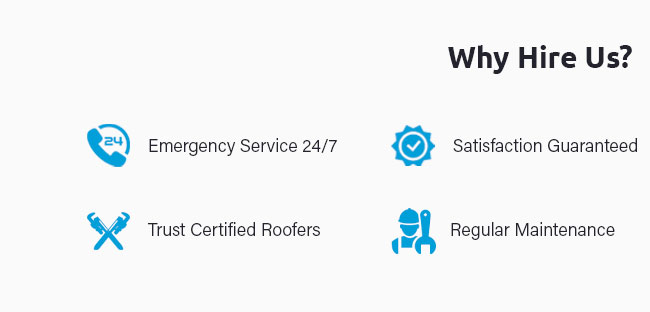 |
 |
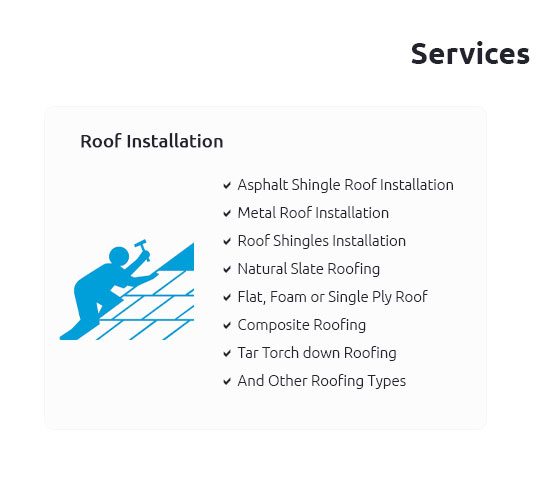 |
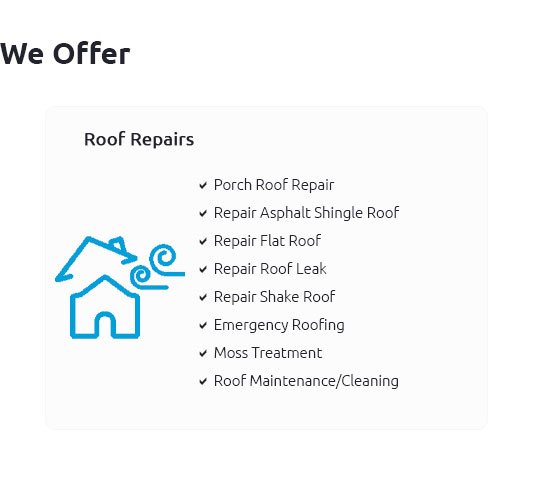 |
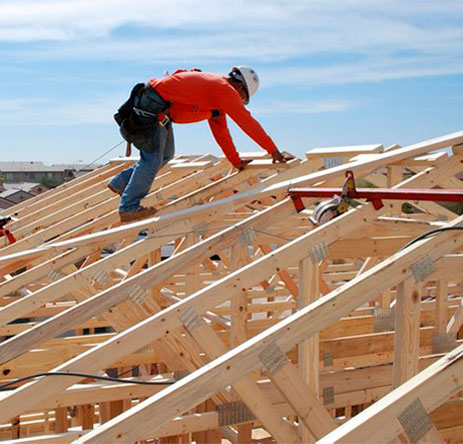 |
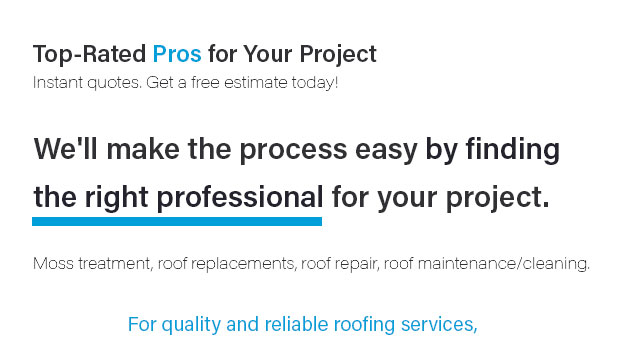 |
 |
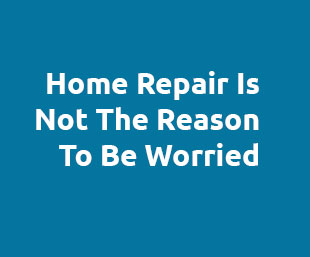 |
 |
|
|
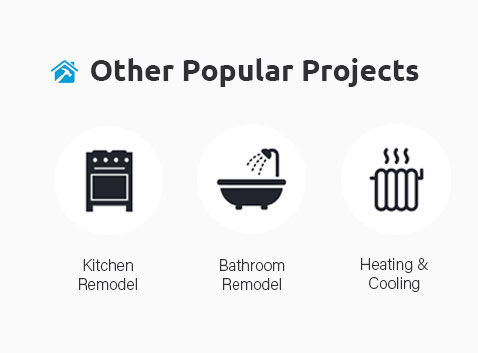 |
 |
 |
 |
|
3eedh2n1w If you're considering replacing roof trusses with attic trusses, our skilled local roofers can provide expert advice and service. Attic trusses can transform your space by adding valuable storage or living areas without altering your home's footprint. Our roofing service specializes in efficient and safe truss replacement to maximize your home's potential. Trust our experienced team for reliable truss installation and ensure a seamless transition to a more functional roof structure. Contact us today to explore the benefits of upgrading to attic trusses with our local roofing professionals.
https://www.reddit.com/r/AskEngineers/comments/3zitna/swapping_out_roof_trusses/
Ya swapping trusses out, if the roof is fine, bad idea. your basically rebuilding the garage. I would build a new garage or do what Shawaii said ... https://www.garagejournal.com/forum/threads/has-anyone-removed-regular-trusses-and-installed-attic-trusses.279840/
the roof load is transferred to the ridge via rafters. you would have to replace what you have with this or put in/redesign your trusses to ones ... https://www.diynot.com/diy/threads/loft-conversion-new-attic-trusses-vs-modify-existing.615073/
Attic trusses are half the price of an equivalent cut roof conversion. We did a hip to gable conversion in February 22. The truss designer do ...
|







